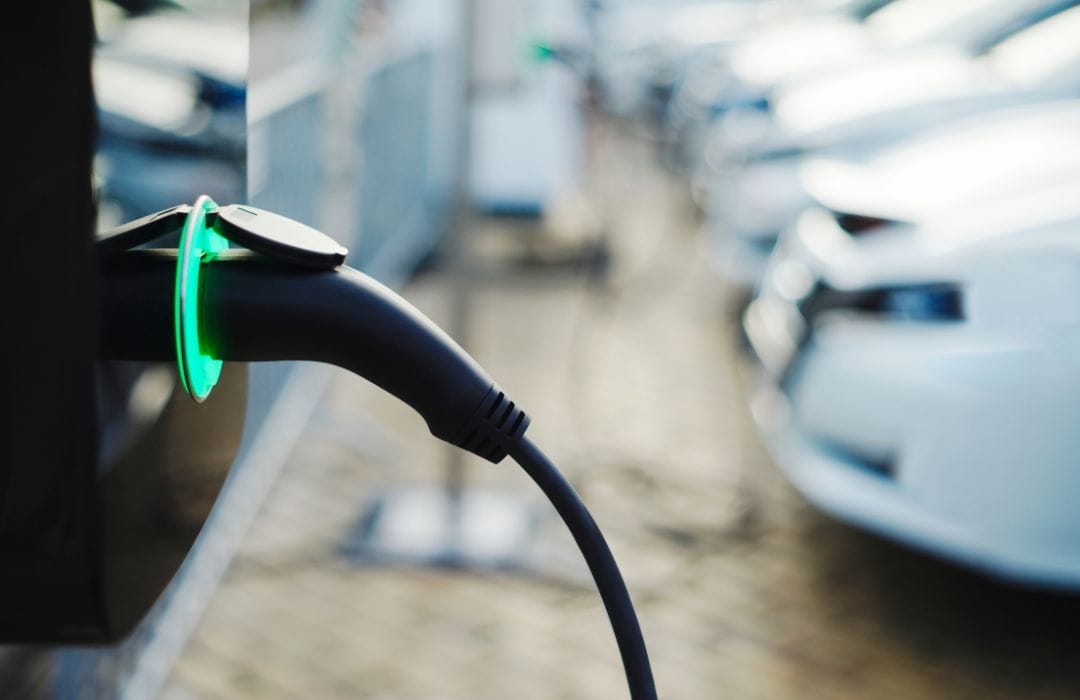
For many people, driving on holiday is a good option, for practical or logistical reasons. Choosing an electric car is a great way to cut your travel emissions.
Why travel by electric car?
Electric cars produce zero tailpipe emissions, meaning that they don’t contribute to air pollution or climate change in the same way that ICE (internal combustion engine) cars do.
That doesn’t mean electric cars are entirely zero-emission. Tyre and brake wear generate emissions and particulate pollution, and it depends heavily on how the electricity is generated.
Battery manufacture also has an impact. The estimate is that CO2 emissions from electric car production are 59% higher than for ICE vehicles, before the car has even hit the road.
But overall, electric cars come out on top. In 2018, a government paper found that taking into account the electricity source and the energy used for battery production, an electric car in the UK had greenhouse gas emissions 66% lower than a petrol car and 60% lower than a diesel car. This will continue to drop as electricity generation in the UK moves further towards renewable energy.
A study by Transport and Environment looks at the lifetime emissions of electric cars, taking into consideration where the battery was manufactured, and what type of electricity is used to recharge. The worst-case scenario, with a battery made in China and a car driven in Poland, where coal dominates electricity production, is still better than a petrol car, with 37% lower emissions. In the best-case scenario (Sweden), emissions are 83% lower.
The overall cost is also lower: although purchasing an electric car might cost more initially, on a typical journey you’ll spend less than you would compared to petrol or diesel.

Range anxiety
The faster you drive, the faster you will use up your available fuel. With fewer chargers than petrol stations, this means that some planning is required.
Map out your charging spots in advance and keep an eye on your available range. Finding charge points can add to the adventure, and give an excuse to stop in places of interest as you go. Chargers can typically be found at places you might want to spend a bit of time, for example restaurants, hotels, shopping centres or tourist attractions.
Some charging points are less picturesque, such as those in motorway service stations, but taking frequent breaks is recommended for motorway travel, so this gives an extra incentive to have a rest. Conventional fuel stations also increasingly offer electric charge points.
ZapMap shows all the electric charging points in the UK.
On a road trip, expect to charge twice a day. Fast chargers can give an 80% charge in less than an hour, whereas ‘destination’ chargers take a few hours to fully charge – typically once you’ve reached your destination, or over night.
Driving style and ambient temperature both make a difference to available range. Avoid harsh braking and accelerating to increase the efficiency of the vehicle, and be aware that range goes down in low temperatures. Going uphill also uses ‘miles’ up more quickly.
Driving abroad
The charging network in Europe is rapidly growing, with the Netherlands topping the table for the highest number of chargers, and Germany, France and the UK coming next.
Sites such as PlugShare or Chargemap will show you where the charge points are, the type of connector, charge speed, and how to pay.
Most require a network RFID card, key-fob or app – you won’t be able to pay with a credit or debit card.
Do your research before you leave as it’s hard enough to keep up with the different systems in a familiar language, so it will be harder when it’s not in English.

Be sure to cover the legal requirements of driving abroad: valid driving licence, third-party insurance, valid road tax and MOT test, insurance green card (if applicable), passport, international driving permit (if applicable), vehicle registration document (V5C certificate or VE103 for hire/lease vehicles), UK number plate stickers, Crit’Air vignette (France only). Some countries require vehicles to carry accessories such as a first aid kit, fire extinguisher, high visibility jacket for each occupant, warning triangle, headlamp beam deflectors and spare bulbs.
Personal travel insurance and comprehensive European breakdown cover with UK repatriation are also recommended.
Tesla
Tesla has its own network of chargers all over Europe. Initially these could only be used by Tesla drivers, but the network is now opening up. Tesla can charge from other chargers too.
Tesla GPS shows you all the chargers in range. Charging is free when you use the company’s network of super chargers: 45 mins gives 80% charge, which is more than enough to get to the next charger.
There’s a nice story here which gives a good illustration of what it’s like to take a road trip with an electric vehicle.
Our experience shows that road-tripping in an EV is completely doable. There were a few niggles, and it is still not quite as easy as doing the same journey in a car running on petrol or diesel. Nevertheless, it is not far off, and you get plenty of benefits besides. Fuel is cheaper (or free), Tesla drivers at least get plenty of kudos from passers-by, and you get to travel without the guilt of adding unnecessary carbon dioxide to the atmosphere.
More tips can be found in this article: https://www.theaa.com/european-breakdown-cover/driving-in-europe/charging-around-europe-in-an-electric-vehicle




